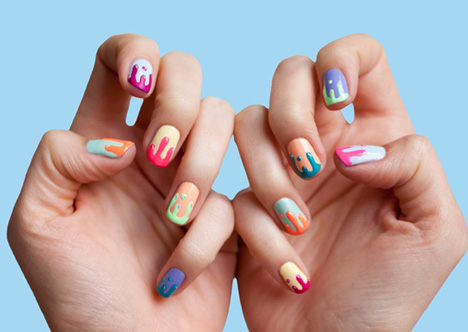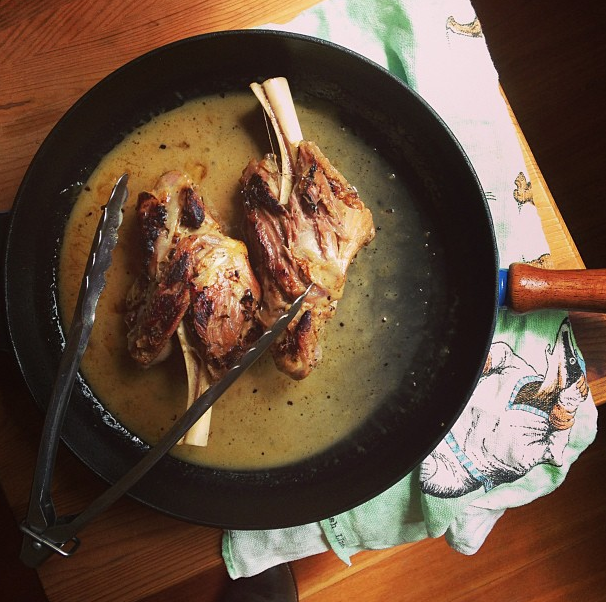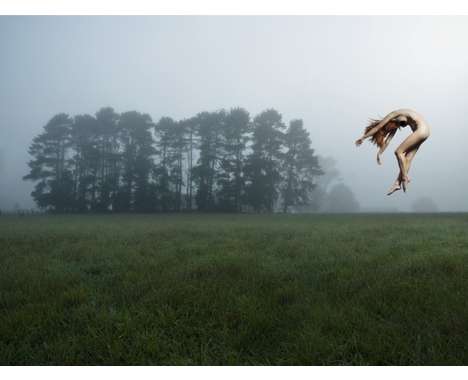*Updated March, 2016.
Let’s kick off with this: most nail polish is made with the same gunk used to make car paint. Yep, a toxic melange of solvents, film formers, resins and plasticisers. Whatever they are. But shall we move on? And see if there is some light at the end of this fumey tunnel?

I’ve written before on toxin-free cosmetics, safe fake tan lotions and toxin-free sunscreen, so I figured it was time to take a closer look at nail polish. I personally don’t wear the stuff. This is my strategy for avoiding toxins in most beauty products. But I know many of you out there do, so consider this a bit of a community service post!
For this reason, too, I’ve asked some of my expert toxin-free friends to weigh in on this stinky topic. It’s a combined effort.
1. Know your nasties.
Maria Hannaford at Econest works for an environmental organisation researching the impact our food system has on the environment and our health. She says most brands promoting themselves as “safe” these days will list themselves as “3-free”. This means they’re free of the top three nasty ingredients listed below. She explains:
- Formaldehyde. It’s the stuff they use to preserve dead things. I should know, I worked in a lab for many years and let me tell you, there is a strict protocol around avoiding getting it on your skin or breathing in its fumes! It’s a known human carcinogen and can cause ear, nose, throat and skin irritations.
- Dibutyl Phthalate. It’s the most controversial of these ingredients; it’s a known reproductive and developmental toxin, and is linked to hormonal and long-term fertility problems in newborn males. It’s banned in the EU. [But is apparently safe enough for Australians? – Sarah]
- Toluene. A possible reproductive and developmental toxin that causes headaches, dizziness and fatigue. It can cause liver, kidney and brain damage, as well as damage to a developing foetus.
Irene Falcone is the creator of Nourished Life, a site specialising in selling eco-chic natural and organic beauty, children’s and home and lifestyle products. Irene also suggests you avoid nail polishes with parabens, phthalates, solvents (ethyl acetate and butyl acetate), nitrocellulose, acetone and heavy metals.
What to do?
- If this chemical info is all too much, simply look for “3-free” labelling PLUS ensure there’s no ethyl acetate – a known neurotoxin and the worst of the additional nasties Irene lists – in the stuff. Many of the brands labelled as “3-free” still contain it.


